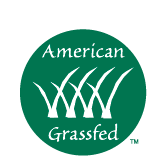
Think of the brisket cut as a roast cut with the fat on the outside. It’s a great choice when you are feeding a lot of folks.
When you order our 100% grass fed beef brisket from Thousand Hills Lifetime Grazed, you receive meat from an animal that spent its entire life on grass or forage. It was never fed grain, did not consume growth hormones, and did not receive antibiotics. Our 100% grass fed beef is raised using regenerative agricultural principles. This practice helps the environment and is a crucial weapon in the battle against climate change.
Brisket Beef Cut
The brisket meat cut is one of the eight primary cuts of beef. It comes from the steer’s breast, specifically from the area beneath the first five ribs and below the shoulder. Each animal has two briskets.
The brisket cut includes the pectoral muscles, so it contains a fair amount of connective tissue. That fact dictates cooking methods.
There are two brisket cuts. The point cut, also known as the deckle cut, is the fatty part of the brisket. The flat cut has had the deckle removed. Also known as the first cut, this brisket cut is leaner. It lies flat for cooking, hence the name.
Brisket is not an expensive cut. It is, however, a healthy one. Since brisket has a lot of connective tissue, that means it contains a lot of collagen, the most abundant protein in the body. Collagen is necessary for joint health and firm skin.
High levels of oleic acid are found in brisket meat. This helps lower bad cholesterol while raising levels of the good variety. Brisket is packed with protein.
One caveat: Brisket shrinks a lot during cooking. For that reason, it is wise to buy a larger brisket than you think you may need. For instance, a serving of 1/3 of a pound per person cooked equals ½ pound uncooked.
What Is Brisket Meat Good For?
The brisket is not a tender cut. Due to its toughness, brisket requires long, slow cooking times, but the result is well worth the wait. Braising and smoking are good options. So are crockpots.
Corned beef is not exactly synonymous with beef brisket, but it’s close. Brine the brisket to turn it into corned beef. Use the flat cut for that purpose. Brisket is also made into pastrami.
While you can use brisket in stews or grind it to produce hamburger – two common choices in the past – the popularity of smoking has caused a surge in demand. Due to its high fat content, the deckle is the top choice for stews.
Learn More About Your Favorite Cuts of Beef
Curious about what constitutes different beef cuts? Our guide to beef cuts helps you learn more about favorite cuts of beef. Here are some examples:
- Chuck – for pot roasts
- Flank – most ground beef comes from this cut
- Loin – including short loin and sirloin
100% Grass Fed Brisket Cuts Delivered to Your Door
Visit our online store today and order 100% grass fed beef brisket or any of the other delicious beef cuts we offer. Enjoy free shipping on orders over $199!
“All the benefits of grass-fed beef are ONLY gained when the cattle are holistically grazed for their lifetime.”
—Matt Maier, Chief Renegade


